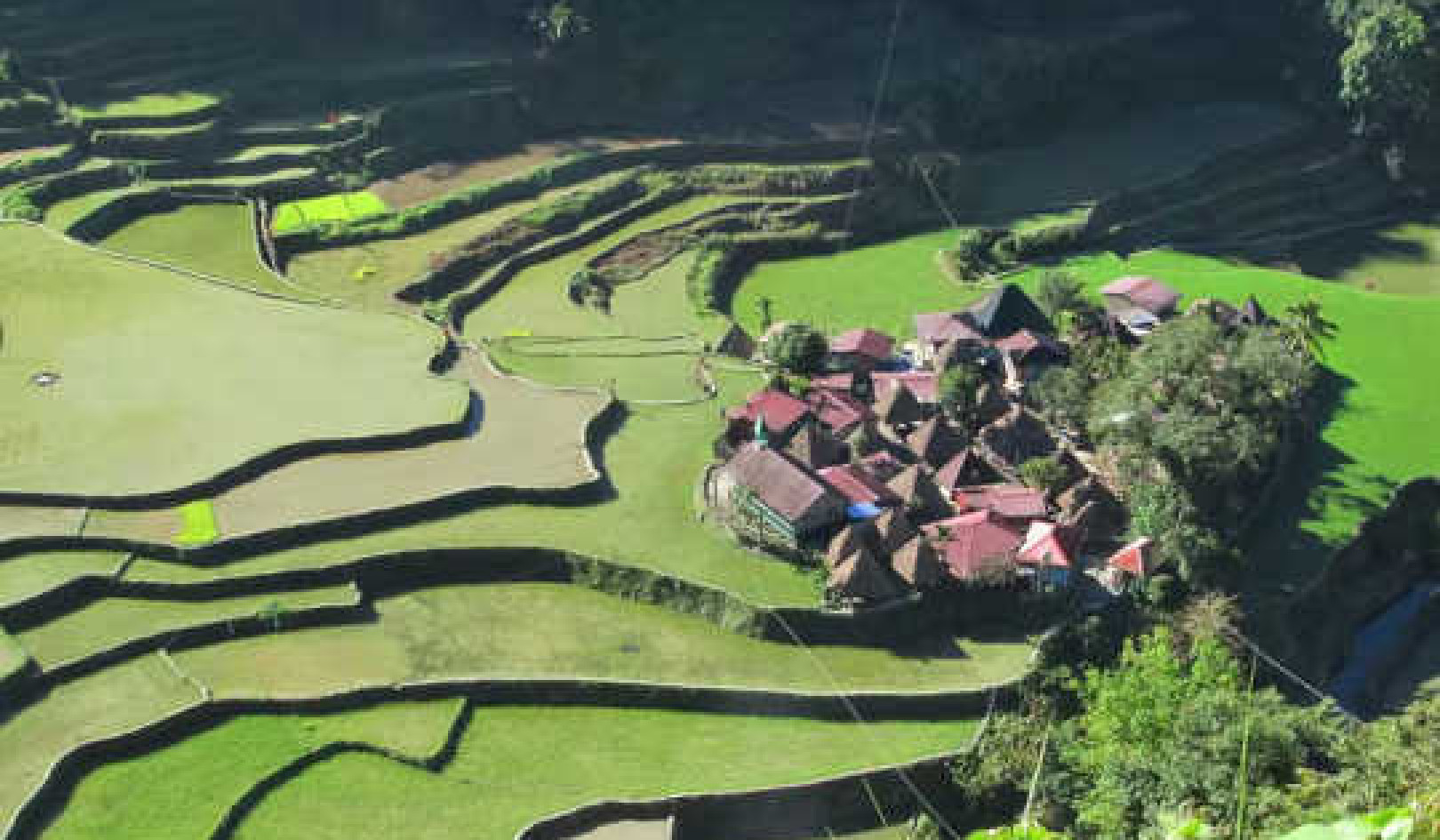 החיים בתקופת החממה האחרונה של הפלנטה, האאוקן. ג'יי מטרנס / מוזיאון סמיתסוניאן, CC BY
החיים בתקופת החממה האחרונה של הפלנטה, האאוקן. ג'יי מטרנס / מוזיאון סמיתסוניאן, CC BY
ריכוזי הפחמן הדו חמצני צועדים לערכים שלא נראו ב -200 מיליון השנים האחרונות. השמש גם התחזקה בהדרגה עם הזמן. העובדות הללו משמעו שהאקלים עשוי להתקדם לקראת חמימות שלא נראתה בחצי מיליארד השנים האחרונות. ![]()
A lot has happened on Earth since 500,000,000BC – continents, oceans and mountain ranges have come and gone, and complex life has evolved and moved from the oceans onto the land and into the air. Most of these changes occur on very long timescales of millions of years or more. However, over the past 150 years global temperatures have increased by about 1?, ice caps and glaciers have retreated, polar sea-ice has melted, and sea levels have risen.
יש שיצביעו על כך שיש לאקלים של כדור הארץ עבר שינויים דומים בעבר. אז מה הבעיה הגדולה?
מדענים יכולים לחפש להבין את אקלים העבר על ידי התבוננות בראיות הנעולות בסלעים, משקעים ומאובנים. מה שזה אומר לנו הוא שכן, האקלים השתנה בעבר, אך מהירות השינוי הנוכחית היא יוצא דופן ביותר. לדוגמה, פחמן דו חמצני לא נוסף לאטמוספירה במהירות כמו היום לפחות בעבר 66 מ 'שנים.
In fact, if we continue on our current path and exploit all convention fossil fuels, then as well as the rate of CO? emissions, the absolute climate warming is also likely to be unprecedented in at least the past 420m years. That’s according to a new study we have published in תקשורת טבע.
In terms of geological time, 1? of global warming isn’t particularly unusual. For much of its history the planet was significantly warmer than today, and in fact more often than not Earth was in what is termed a “greenhouse” climate state. During the last greenhouse state 50m years ago, global average temperatures were 10-15? warmer than today, the polar regions were ice-free, עצי דקל גדלו בחופי אנטארקטיקה, ותנינים וצבים התהפכו ביערות ביצה במה שהוא כיום הארקטי הקנדי הקפוא.
לעומת זאת, למרות התחממותנו הנוכחית, אנו עדיין נמצאים במצב אקלים "בית קרח", מה שאומר שפשוט יש קרח על שני הקטבים. כדור הארץ עקר באופן טבעי בין שתי מדינות האקלים האלה כל 300 מיליון שנים בערך.
Just prior to the industrial revolution, for every million molecules in the atmosphere, about 280 of them were CO? molecules (280 parts-per-million, or ppm). Today, due primarily to the burning of fossil fuels, concentrations are about 400 ppm. In the absence of any efforts to curtail our emissions, burning of conventional fossil fuels will cause CO? concentrations to be around 2,000ppm by the year 2250.
This is of course a lot of CO?, but the geological record tells us that the Earth has experienced similar concentrations several times in the past. For instance, our new compilation of data shows that during the Triassic, around 200m years ago, when dinosaurs first evolved, Earth had a greenhouse climate state with atmospheric CO? around 2,000-3,000ppm.
אז ריכוזים גבוהים של פחמן דו חמצני לא בהכרח הופכים את העולם לבלתי ראוי למגורים. הדינוזאורים שגשגו, אחרי הכל.
עם זאת, זה לא אומר שזה לא עניין גדול. בתור התחלה, אין ספק שהאנושות תתמודד עם אתגרים חברתיים-כלכליים גדולים להתמודד עם שינויי אקלים דרמטיים ומהירים הנובעים מהעלייה המהירה ל -2,000 עמודים לדקה או יותר.
But our new study also shows that the same carbon concentrations will cause more warming in future than in previous periods of high carbon dioxide. This is because the Earth’s temperature does not just depend on the level of CO? (or other greenhouse gases) in the atmosphere. All our energy ultimately comes from the sun, and due to the way the sun generates energy through nuclear fusion of hydrogen into helium, its brightness has increased over time. Four and a half billion years ago when the Earth was young the sun was around 30% less bright.
So what really matters is the combined effect of the sun’s changing strength and the varying greenhouse effect. Looking through geological history we generally found that as the sun became stronger through time, atmospheric CO? gradually decreased, so both changes cancelled each other out on average.
אבל מה לגבי בעתיד? לא מצאנו פרק זמן שעבר כאשר נהגי האקלים, או כפיית אקלים, היה גבוה ככל שיהיה בעתיד אם נשרוף את כל הדלק המאובן הזמין. שום דבר כמו זה לא נרשם בתקליט הרוק במשך 420 מ 'שנים לפחות.
נדבך מרכזי במדע הגיאולוגי הוא עקרון אחיד: that “the present is the key to the past”. If we carry on burning fossil fuels as we are at present, by 2250 this old adage is sadly no longer likely to be true. It is doubtful that this high-CO? future will have a counterpart, even in the vastness of the geological record.
אודות הסופרים
גאווין פוסטר, פרופסור לגיאוכימיה איזוטופית, אוניברסיטת סאות'המפטון; דנה רויר, פרופסור למדעי כדור הארץ וסביבה, אוניברסיטת ווסליאן, ודן לונט, פרופסור למדעי האקלים, אוניברסיטת בריסטול
מאמר זה פורסם במקור ב שיחה. קרא את מאמר מקורי.
ספרים קשורים
at InnerSelf Market ואמזון






















